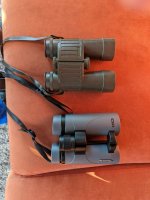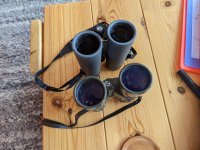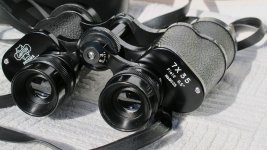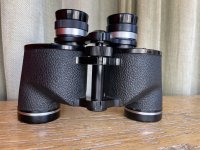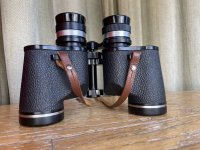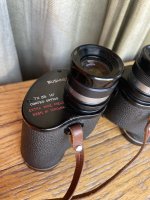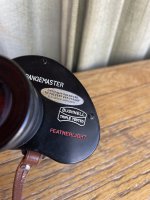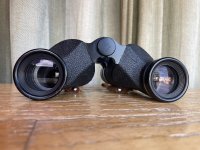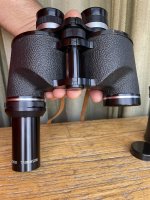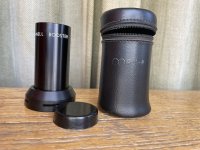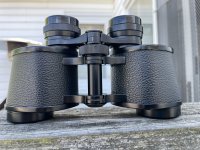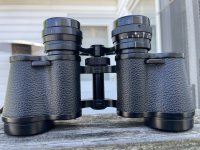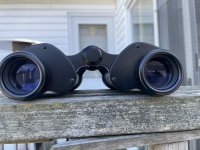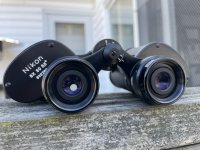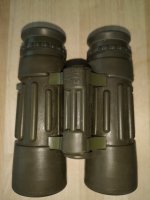Paultricounty
Well-known member

Tasco 110 7x35 12.5° High index BaK4, JB160. One of my widest FOV binoculars, it’s like looking through a glass window. One could barely see the field stop, unlike anything on the market today. Very neutral color rendition and very bright for vintage binoculars.
Paul
Paul
Attachments
-
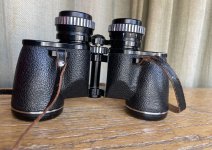 FA9FE4A0-E9C4-4CD9-8280-47FA8AFBDF31.jpeg4.2 MB · Views: 12
FA9FE4A0-E9C4-4CD9-8280-47FA8AFBDF31.jpeg4.2 MB · Views: 12 -
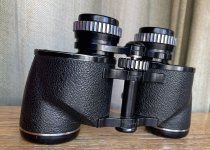 5275C768-0A68-4742-97A5-59CE202803D0.jpeg2.8 MB · Views: 12
5275C768-0A68-4742-97A5-59CE202803D0.jpeg2.8 MB · Views: 12 -
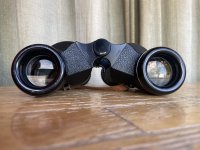 0A0D6BCB-CD1A-468D-98AA-0C9F2DD797D7.jpeg1.7 MB · Views: 15
0A0D6BCB-CD1A-468D-98AA-0C9F2DD797D7.jpeg1.7 MB · Views: 15 -
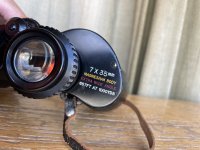 23DE50CA-66C9-4B25-B818-07B5869F5635.jpeg1.4 MB · Views: 15
23DE50CA-66C9-4B25-B818-07B5869F5635.jpeg1.4 MB · Views: 15 -
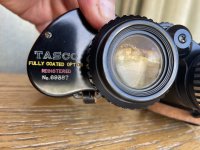 5B9CE657-0B32-428C-A73F-FF4D0F7DABAA.jpeg1.5 MB · Views: 16
5B9CE657-0B32-428C-A73F-FF4D0F7DABAA.jpeg1.5 MB · Views: 16






